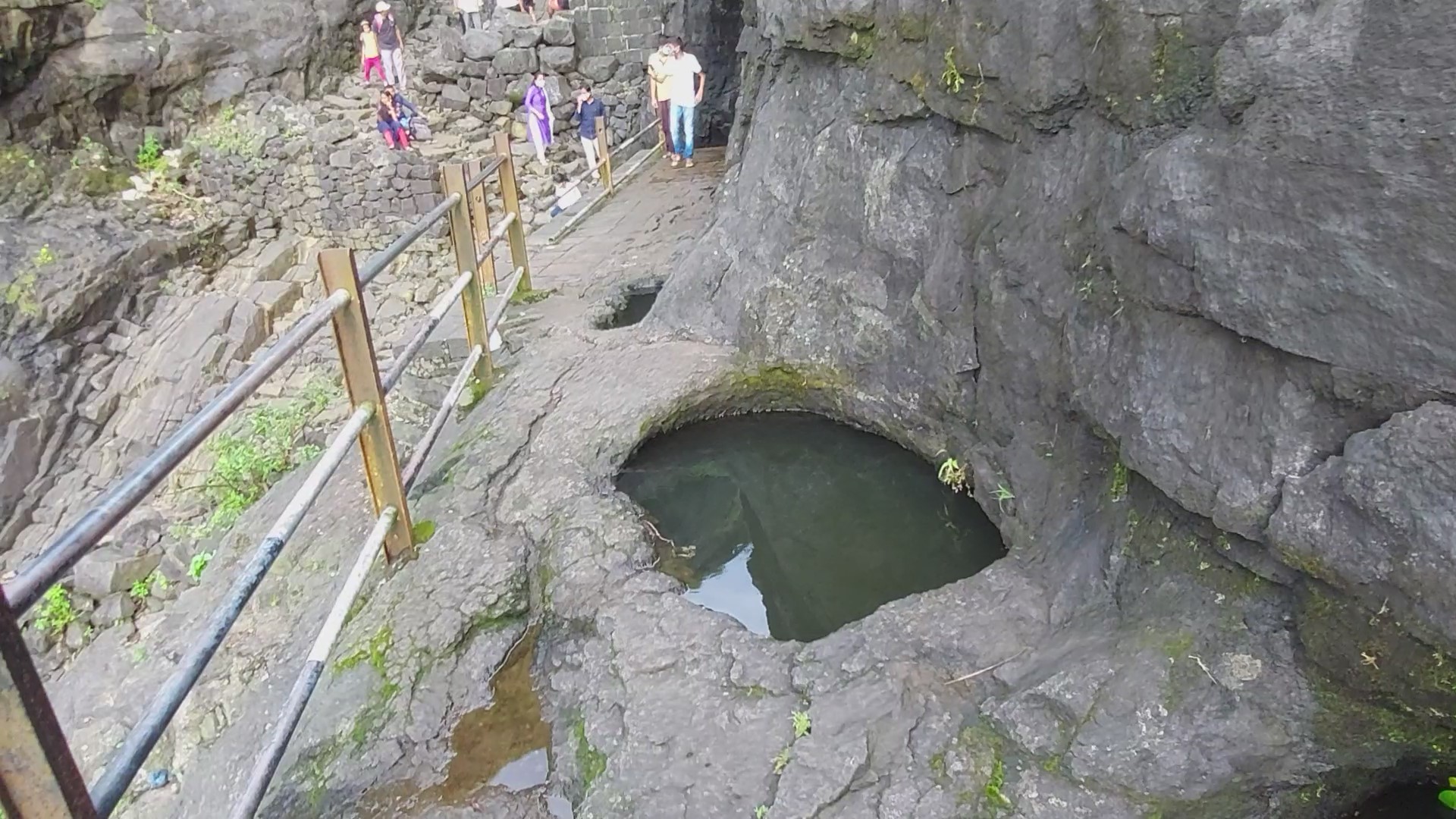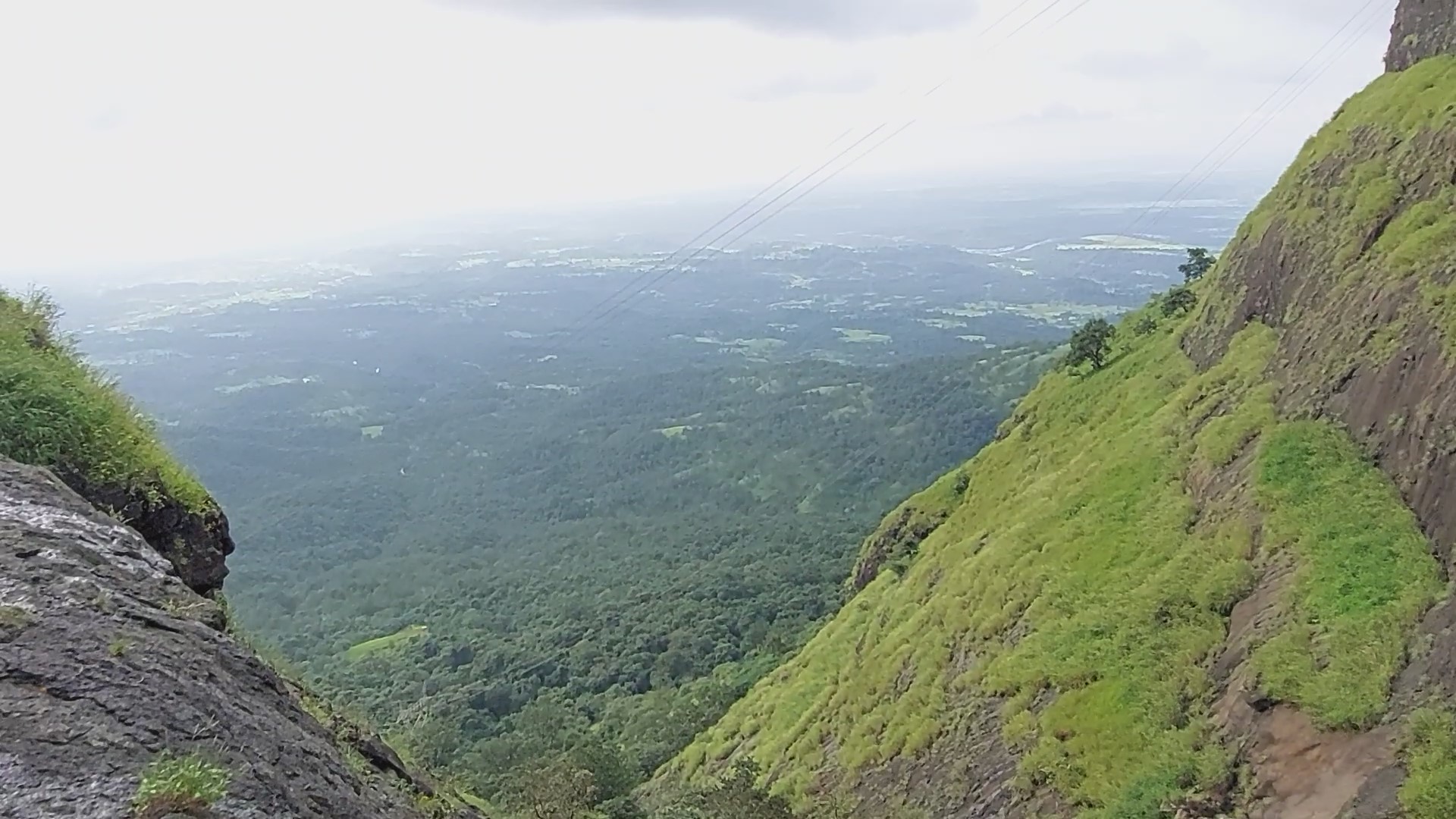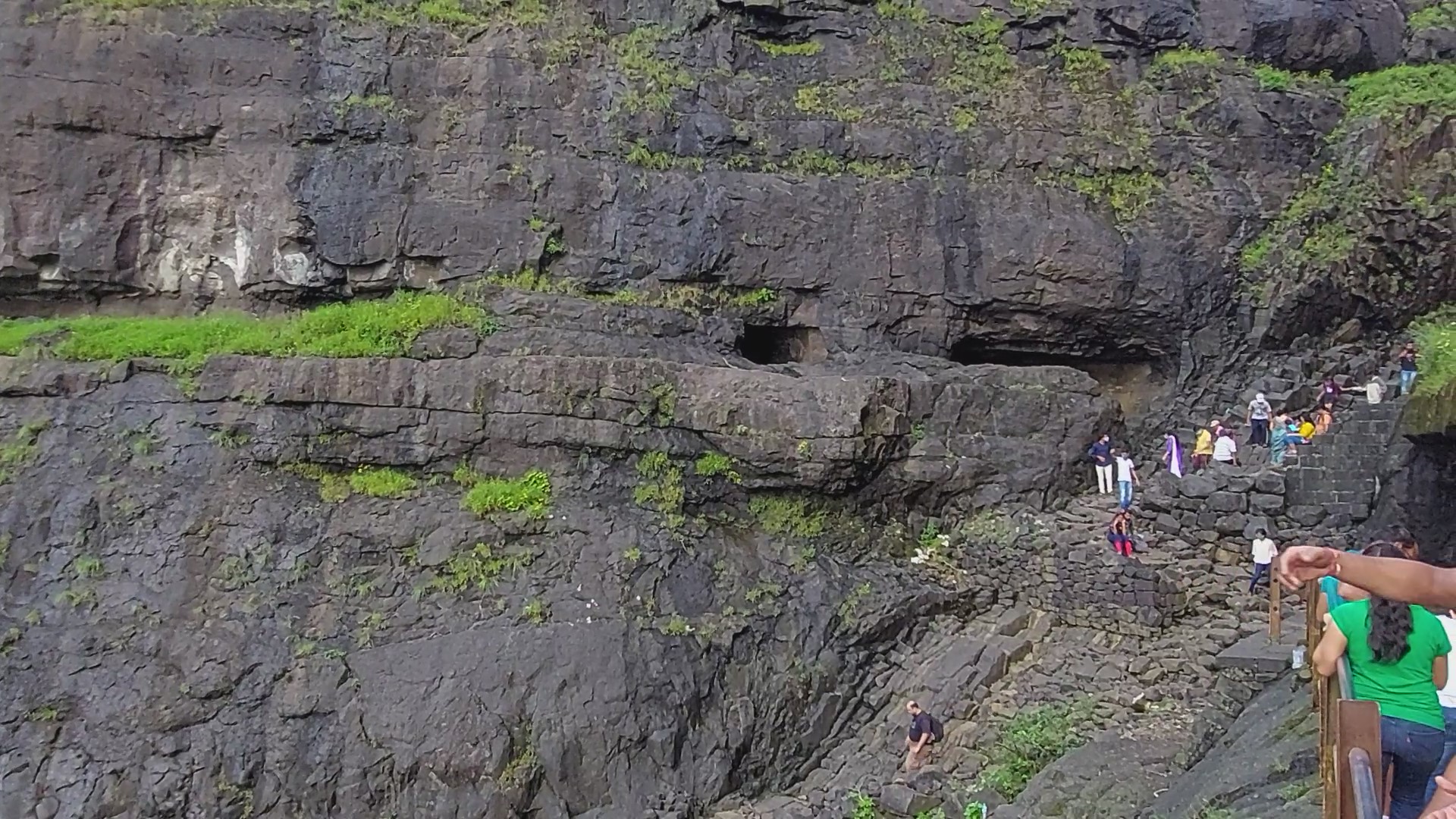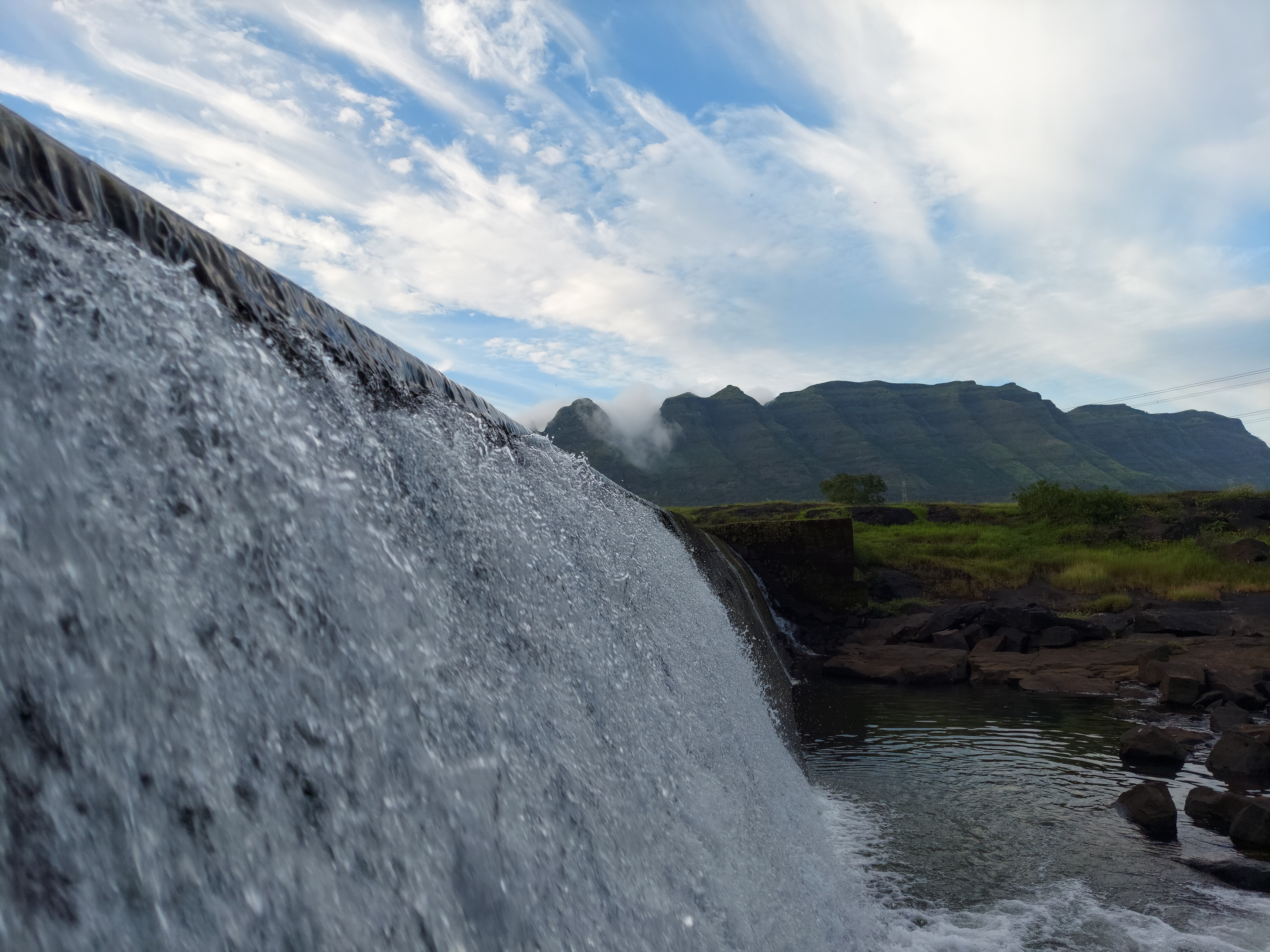Hi All !!
Welcome to my blog J
If you are looking for a day trip near Pune. I would like to take you to the place which has registered very old footprint in the history. The place is Naneghat also referred to as Nanaghat which is 115 KMs from Pune. You need to take Nashik Road and take the diversion from Narayangaon to take Junnar road to reach Naneghat. You will get to see many beautiful scenic views on the way to Naneghat.
In the Western Ghats range, Naneghat is the mountain pass between ancient town of Junnar and Kokan cost in Deccan Plateau. Junnar is a town in located in the Pune district of state Maharashtra, India. The city has a millennium-long history. King Chhatrapati Shivaji Maharaj, the founder of the Maratha Empire, was born in the neighboring fort of Shivneri. The Pune district government designated Junnar as the first tourism taluka. It was once a significant commerce route and is now known for a large cave with Sanskrit inscriptions in Brahmi script and Middle Indo-Aryan dialect. Between 200 years before year 1 (200 BCE) to 190 years after year 1(190 CE) during the reign of the Satavahana dynasty Naneghat pass was the trade which connects Kokan communities with Deccan high plateau through Junnar. The names nane and ghat literally translate to “coin" and "pass" respectively. The name comes from the fact that this passage was once used as a tollbooth to collect tolls from traders passing through the hills. Just at the mouth of the pass there is Stone bucket which was used to collect coin (nane) as a toll.
While walking you would see the amazing view of the hill standing in front of you divided by a pass and on the left side you can see canyon which looks very amazing and very deep.
First thought will come in your mind that how such a big mountain was carved to make a pass before nearly 2200 years ago.
After descending 50 - 60 meters you will see the caves carved into the mountain and at that time outside the cave they cut the walls of the mountain to made water cistern.
This caves are on the other side of the mountain wall and from here you need to have decent in zigzag pattern.
There are many small to medium caves on the mountain wall . They might be used for soldiers to stay.
NaneGhat
is also famous for the Reverse waterfall. It attracts 1000’s of visitors every
year. The reason it is called as Reverse waterfall because it’s is a phenomenon
in which water in waterfalls is pushed upward by high winds, giving the
appearance of water flowing upwards. Such events can occur when the wind speed
exceeds 75 km/hr. While returning, you will see a lot of pinched tubes which
take the form of small waterfalls and look very beautiful where you can stop
and let the kids play in the water.
More Scenic views of nature
Please watch this video:































No comments:
Post a Comment
Please do not enter any spam link in the comment box.